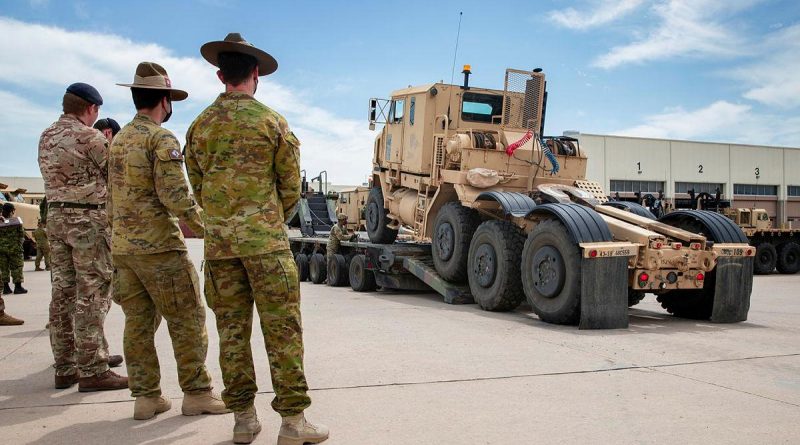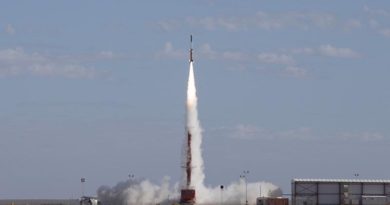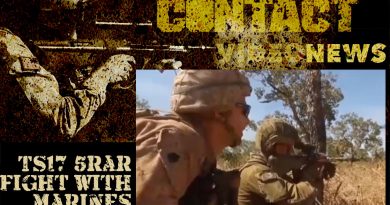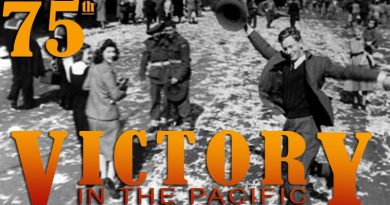Different uniforms, similar practices

A visit to a US Army brigade has shown logistics personnel from Australia’s 7th Combat Brigade the similarities allies have in vehicle-recovery capabilities and practices.
CAPTION: Soldiers from the US Army’s 14th Sustainment Brigade demonstrate their vehicle-recovery capabilities to soldiers from the Australian, British and Canadian armies during the Joint Warfighting Assessment. Story by Captain Taylor Lynch. Photo by Corporal Nicole Dorrett.
The 7th Combat Brigade personnel visited the US Army’s 14th Sustainment Brigade at Fort Carson while deployed on the Joint Warfighting Assessment 2021.
During some time away from the warfighting activity, the personnel reviewed foreign capabilities and saw how their allies in the US Army recovered vehicles in the field.
The 7th Combat Brigade’s Artificer Sergeant Major, Warrant Officer Class One (WO1) Mick Patman, said he was intrigued by the sheer size and manning of the 14th Sustainment Brigade.
“We visited a heavy transport squadron that gave us a demonstration on loading vehicles using their on-board winch system,” WO1 Patman said.
“The squadron was at full strength with more than 80 heavy-equipment transporters, and provided a heavy-lift capability to the 4th Infantry Division.”

CAPTION: Soldiers from the US 14th Sustainment Brigade conduct a brief with soldiers from the Australian, British and Canadian armies on the M88 Hercules recovery vehicle at Fort Carson, Colorado. Photo by Corporal Nicole Dorrett.
Touring the brigade alongside counterparts from the US, British and Canadian armies, WO1 Patman said he saw many similarities between the ADF’s recovery capabilities and those of its partner forces.
“We reviewed the M88A2 Hercules recovery vehicle and the capabilities it provides to the division, and it was interesting to find that the US, UK and Canadian recovery mechanics all had the same standard practices and challenges as us in Australia,” he said.
“The M88A2 is such a niche capability that qualifying enough people on the platform has always been a challenge that we overcome, and we found that our counterparts have similar experiences.”
WO1 Patman also noted the 14th Sustainment Brigade’s ability to manufacture their own vehicle parts while deployed.
“We toured the General Engineering Platoon where they were expanding their manufacturing capability using computer numerical control machines to reproduce parts,” he said.
“The US are also developing a 3D-printing capability to be deployed for the same reason.
“It was interesting to see. The need for 3D printing and manufacturing of non-critical parts has definitely increased.”
Often the problem-solvers in the field, recovery mechanics and logistics personnel such as WO1 Patman relished the opportunity to compare notes with their US, British and Canadian counterparts.
“The visit gave all four countries a chance to come together and discuss current issues across maintenance, transport and logistics in general,” he said.
“While the scale differed between each country, the capability and standard operating practices were similar.
“Our forces operate very similarly to each other.”
.
.

.
.





